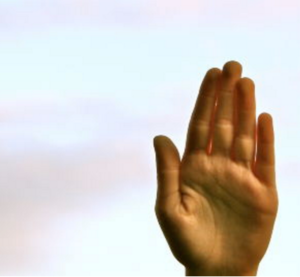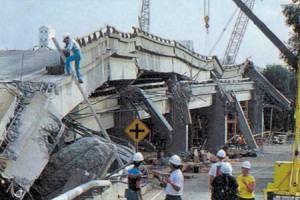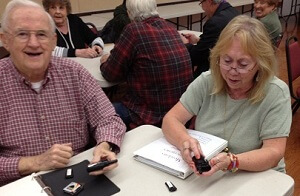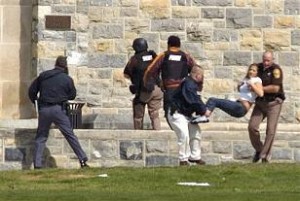Muscle Memory and Emergency Preparedness Training

By now we’ve all heard the concept of “muscle memory.” That is, if you practice something enough, when called upon your body will remember what to do even if your brain is sidetracked.
Professionals train constantly. They develop all kinds of muscle memory, and every day we hear stories how that training has paid off.
Volunteers, on the other hand, are a different story. When it comes to preparedness training for volunteers within the neighborhood, we have a challenge.
Here is the training challenge as I see it.
- Even in a Community Emergency Response Team (CERT) training session with the guidance of professional instructors we can TALK about what to do in an emergency medical situation. We can SHOW people how clear airways, check for breathing, and test circulation. We can PRACTICE once or twice with professional supervision.
Then we go home! And we are lucky to get a refresher course on those particular procedures within the next month or even 6 months!
- In our local neighborhood group meetings we don’t have professionally-trained leaders. We depend on our own volunteer members to come up with good ways to prepare and to respond. When we’re lucky, we attract a guest speaker with special credentials.
Then we go home! And we may never hear from that speaker again!
A current LinkedIn discussion group sees the challenge, too.
I participate in a LinkedIn group for emergency managers. There’s a discussion taking place right now about providing enough on-going training for people at different levels of expertise.
In particular, the discussion is focusing on the very audience I mentioned above – the concerned and committed volunteer who may be part of a local community but not part of a formal program.
How can we give these people the chance to develop that all-important “muscle memory?”
Here’s some of what I’ve learned about meeting the training challenge.
Online resources. There are a number of online resources, courses and online videos. We have used many of them in our group. The challenge is having to first find and then sort through them all, site by site and video by video, to find one that fits your group’s level of interest, its budget and is of a quality you’re comfortable with. As we know, there is no easy way to “rate” the quality of ANYTHING online!
Local resources. In our community we occasionally have the opportunity to attend a face-to-face course offered by the Red Cross or a health care organization. Some of these are free; most charge a fee. Some communities are more fortunate in that they have regular such programs offered through a university. (Here are two examples, the first at Columbia and the second at the University of Kansas. https://ncdp.columbia.edu/practice/training-education/online-face-to-face-training/ and http://rtcil.org/emergencypreparedness/onlinetrainings)
Books. By now, you realize I’ve tried to capture some training ideas in the books I’ve written. The advantage of books is that they are inexpensive, available everywhere, and eminently portable. The disadvantage – reading about an idea in a book doesn’t train muscle memory! Some dedicated member of the group has to turn the idea into an actual training exercise. (That’s what I try to assist with in Emergency Preparedness Meeting Ideas.)
Training that can actually involve muscle memory is by far the most desirable. For volunteers, it’s still very tough to come by.
But when it comes to emergency preparedness, ANY training is better than none!
You can get started now with some of the resources mentioned above. One thing for sure: There will be no time for training once the disaster hits!
Day 24 of Summer Vacation: A time for some shorter and lighter Advisories as a welcome change-of-pace!






